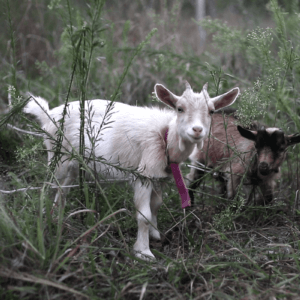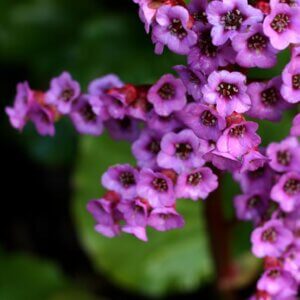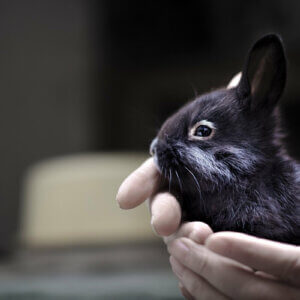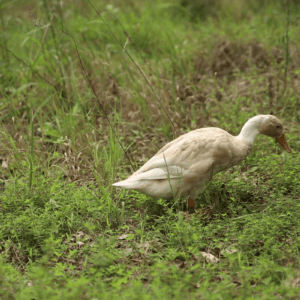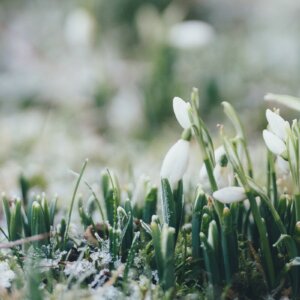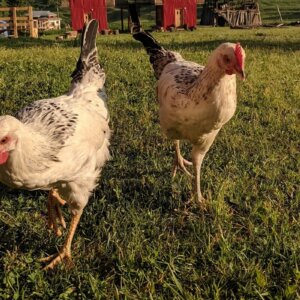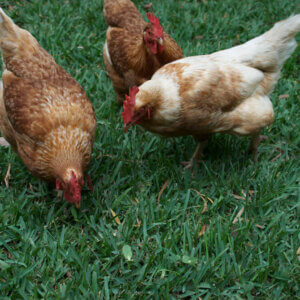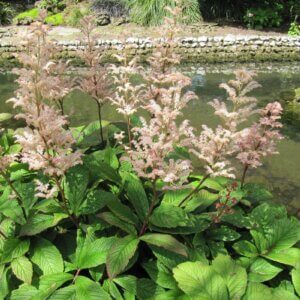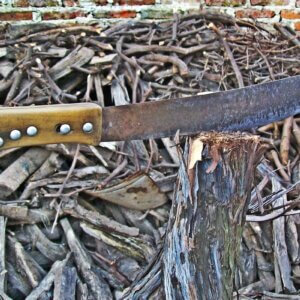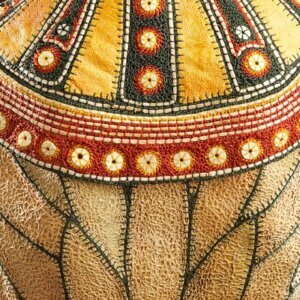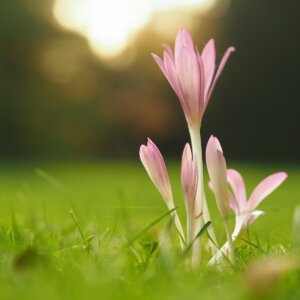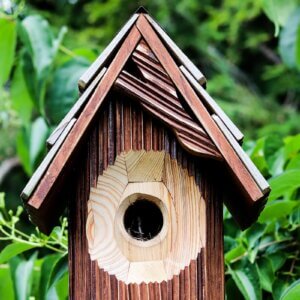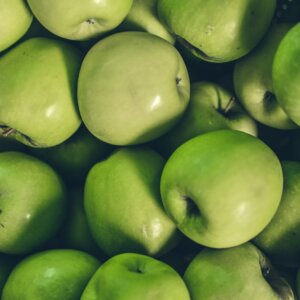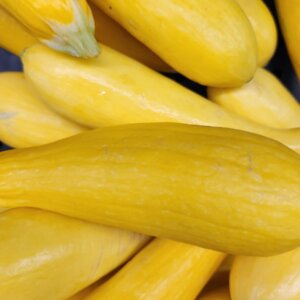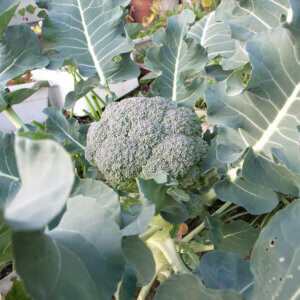
- Purpose: Layer, ornamental
- Eggs: Blue, Green, Olive-Brown, Pink
- Egg Size: Extra-large
- Color: Brown, Black, White
- Comb Type: Small
Do you remember being a kid with a brand-new paint set? There was a certain delight in mixing the pre-packaged colors to make new ones. You never quite knew what you would get by throwing daubs of turquoise into the magenta.
Easter Egger chickens (or EEs) are kind of like that. Buy an assortment of these mixed-breed birds, and prepare yourself for the fun of watching each unique bird develop.
Description
Easter Eggers are so named because they are capable of producing eggs in hues far outside the normal browns and whites you may see in the store. Every hen creates her own unique color: blue, green, olive-brown, or even pink! If you know your birds well, it makes it very easy to know who is laying on what days. The eggs are not the only unique feature of these birds, however — their delightful appearances and colors vary wildly.
Like their cousins, the Olive Eggers, Easter Eggers are a random mix of traits from their mixed parentage. Somewhere in the mix, there is a blue egg-layer — often an Araucana — bred to another breed of chicken (literally any other breed). The result is adorably bearded, usually pea-combed, often green-legged, and has the choose-your-own-adventure feathering of the Easter Egger.
Personality-wise, Easter Eggers can usually be summed up in one word: friendly. The most personable chicken I’ve ever raised was an Easter Egger. She met me at the door of the coop, would come when I called, and followed me around like an adorably fluffy gray dog. I also have another Easter Egger from the same clutch who is nearly impossible to catch, and would sooner fly into a tree than let me walk within 5 feet of her.
Health-wise, you can’t beat that hybrid vigor! Decades of breeding specific varieties of chickens to the “standards of perfection” has resulted in some very pretty birds with many weaknesses. Throw those genetically damaging traits to the wind with these delightfully mixed birds. You may never be able to recreate the specific bird you have in the coop at the moment, but at least she’ll be healthy enough to enjoy for years to come. Adding to their hardiness, the tiny comb and often nonexistent wattles makes Easter Eggers good for cold climates.
Since Easter Eggers can be “created” from any number of different parent breeds, the biggest downside (or upside if you’re adventurous) is their unpredictability. As hybrids, they won’t breed true. Any chicks you hatch from an Easter Egger hen will be as surprising as the proverbial box of chocolates. Additionally, since their appearances vary so widely, there’s no standard for judging them when it comes to exhibition. Show birds they are not.
With mixed ancestry, traits like broodiness are also up in the air. Many breeders report that EE chickens are not sitters, yet other breeders say that some of them are indeed willing to brood their own eggs. I suppose the best thing you can do with your EE chickens is strap on your adventure hat and enjoy the ride!
It should be noted, Cackle Hatchery shares, that there is an inherited beak deformity that affects one out of every hundred or so EE chicks. They may develop scissor beak/cross beak, so keep an eye on your growing birds.
What’s the Yield?
Easter Eggers are generally good layers, and often produce four extra-large eggs a week, or over 200 eggs a year. Compared to the relatively petite size of this poultry, I always find the egg size surprisingly large.
The adult size of a hen is around 5 pounds, and a rooster may reach 6½ pounds. Meat-wise, they may not contribute as much as larger breeds, but they are reported to taste more like quail than chicken. I haven’t found out how mine taste — they’ve been too sweet a bird (and faithful layers) to send them to the roasting pan.
Generally, Easter Eggers aren’t broody, but their unpredictable genetics may prove that to be wrong with your specific birds. Either way, they would make delightful pets because their small size, tough nature, and friendly dispositions would be ideal for responsible, supervised children.
Facts
Some less-than-scrupulous sellers may try to market Easter Eggers as the much rarer and more expensive Ameraucanas. If you’re looking for show birds, you generally can only buy Ameraucanas from actual breeders, not bigger stores. You might also see chicks sold as “Americanas” which is a name that isn’t a real chicken breed, but if the price is low, it almost guarantees that they are really Easter Eggers. Often, it is not a malicious deception, just misinformation. And really, you could do a lot worse than coming home with a passel of these perky, personable poultry!
Pictures of Easter Egger Chickens
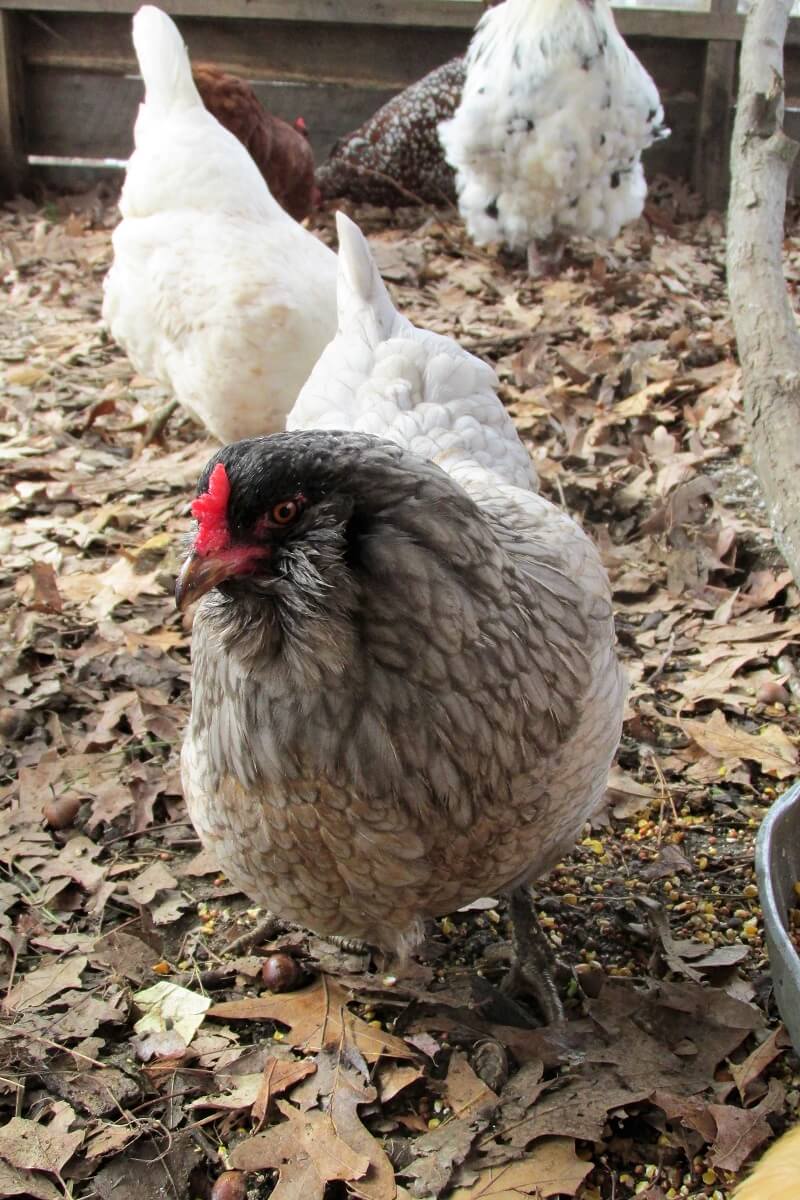
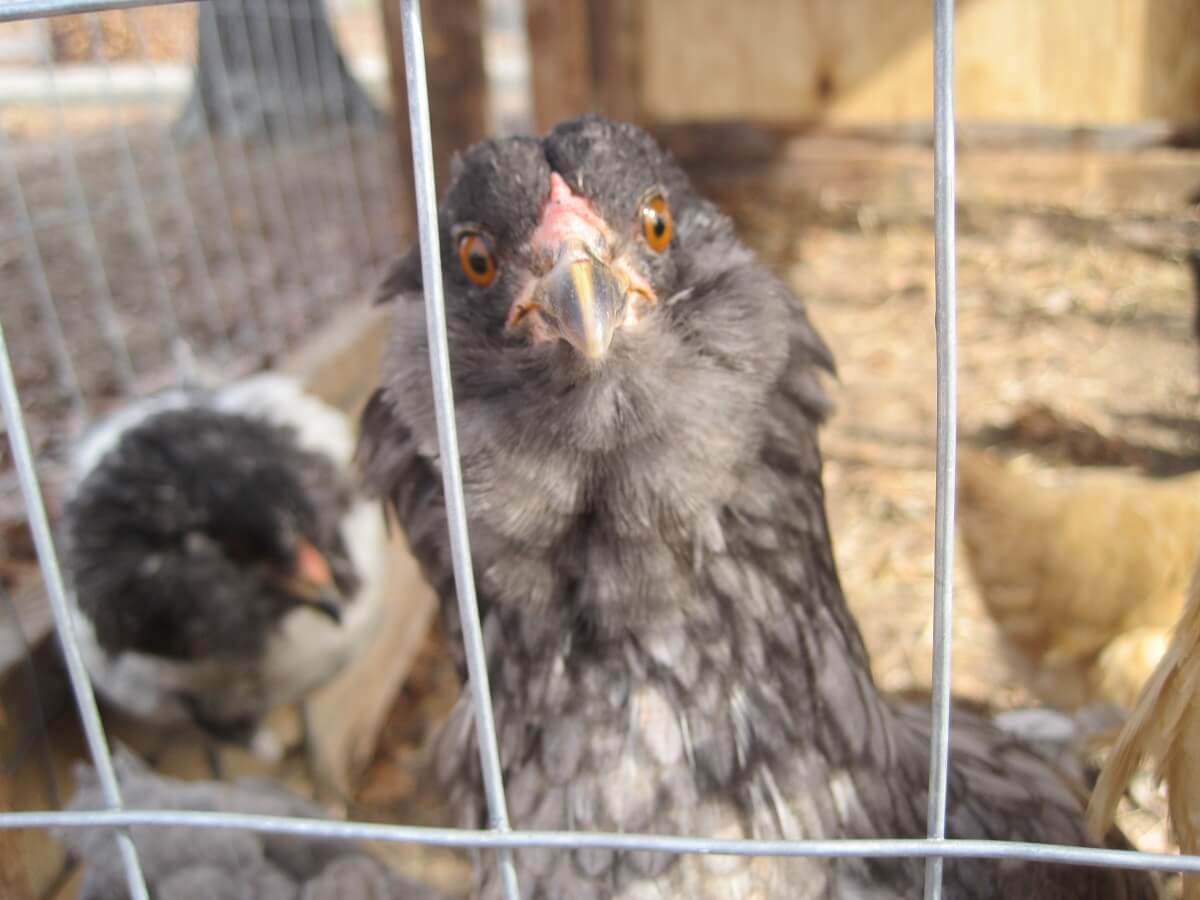
Resources
- Learn the 3 A’s of the Easter Egger Chicken, Hobby Farms
- Easter Egger Chickens, Purely Poultry
- What Exactly Is an Easter Egger?, Purely Poultry
- Easter Eggers, My Pet Chicken
- Easter Egger Chicken, Cackle Hatchery






